The major product obtained when isobutane is treated with chlorine in the presence of diffused sun light is
isobutylchloride
n-Butylchoride
tert.Butylchloride
sec-Butylchloride
The correct Answer is:C
To determine the major product obtained when isobutane is treated with chlorine in the presence of diffused sunlight, we can follow these steps:
1. Identify the Structure of Isobutane:
Isobutane, also known as 2-methylpropane, has the molecular formula C4H10. Its structure can be represented as:
CH3|CH3−C−CH2−CH3|CH3
2. Understand the Reaction Conditions:
The reaction occurs under photochemical conditions, meaning that it involves light (in this case, diffused sunlight). This promotes the reaction between isobutane and chlorine (Cl2).
3. Mechanism of Chlorination:
The chlorination of alkanes proceeds through a radical mechanism, which includes initiation, propagation, and termination steps. In the presence of light, chlorine molecules dissociate into two chlorine radicals (Cl•).
4. Formation of Radicals:
The chlorine radicals can abstract hydrogen atoms from isobutane, leading to the formation of isobutyl radicals. The most stable radical formed will lead to the major product.
5. Identify the Major Product:
Isobutane has three types of hydrogen atoms: primary (attached to terminal carbons) and tertiary (attached to the central carbon). The tertiary hydrogen is more reactive due to the stability of the resulting tertiary radical. When one of the tertiary hydrogens is replaced by chlorine, the major product formed is:
CH3|CH3−C−Cl|CH3
This compound is known as Tertiary butyl chloride (or 2-chloro-2-methylpropane).
6. Minor Product Formation:
While the major product is tertiary butyl chloride, minor products can also form if chlorine radicals abstract primary hydrogens. However, these products are less stable and less favored compared to the major product.
7. Conclusion:
The major product obtained from the reaction of isobutane with chlorine in the presence of diffused sunlight is Tertiary butyl chloride.
Final Answer:
The major product is Tertiary butyl chloride.
---
Isobutane, also known as 2-methylpropane, has the molecular formula C4H10. Its structure can be represented as:
CH3|CH3−C−CH2−CH3|CH3
The reaction occurs under photochemical conditions, meaning that it involves light (in this case, diffused sunlight). This promotes the reaction between isobutane and chlorine (Cl2).
The chlorination of alkanes proceeds through a radical mechanism, which includes initiation, propagation, and termination steps. In the presence of light, chlorine molecules dissociate into two chlorine radicals (Cl•).
The chlorine radicals can abstract hydrogen atoms from isobutane, leading to the formation of isobutyl radicals. The most stable radical formed will lead to the major product.
Isobutane has three types of hydrogen atoms: primary (attached to terminal carbons) and tertiary (attached to the central carbon). The tertiary hydrogen is more reactive due to the stability of the resulting tertiary radical. When one of the tertiary hydrogens is replaced by chlorine, the major product formed is:
CH3|CH3−C−Cl|CH3
This compound is known as Tertiary butyl chloride (or 2-chloro-2-methylpropane).
While the major product is tertiary butyl chloride, minor products can also form if chlorine radicals abstract primary hydrogens. However, these products are less stable and less favored compared to the major product.
The major product obtained from the reaction of isobutane with chlorine in the presence of diffused sunlight is Tertiary butyl chloride.
The major product is Tertiary butyl chloride.
Topper's Solved these Questions
Similar Questions
Knowledge Check
- Question 1 - Select One
The major product obtained when isobutane is treated with chlorine in the presence of diffused sun light is
AisobutylchlorideBn-ButylchorideCtert.ButylchlorideDsec-Butylchloride - Question 2 - Select One
The major product obtained when - Butane is treated with bromine in the presence of light is
ACH3−CH2−CH2−CH2−BrB C
C D
D
- Question 3 - Select One
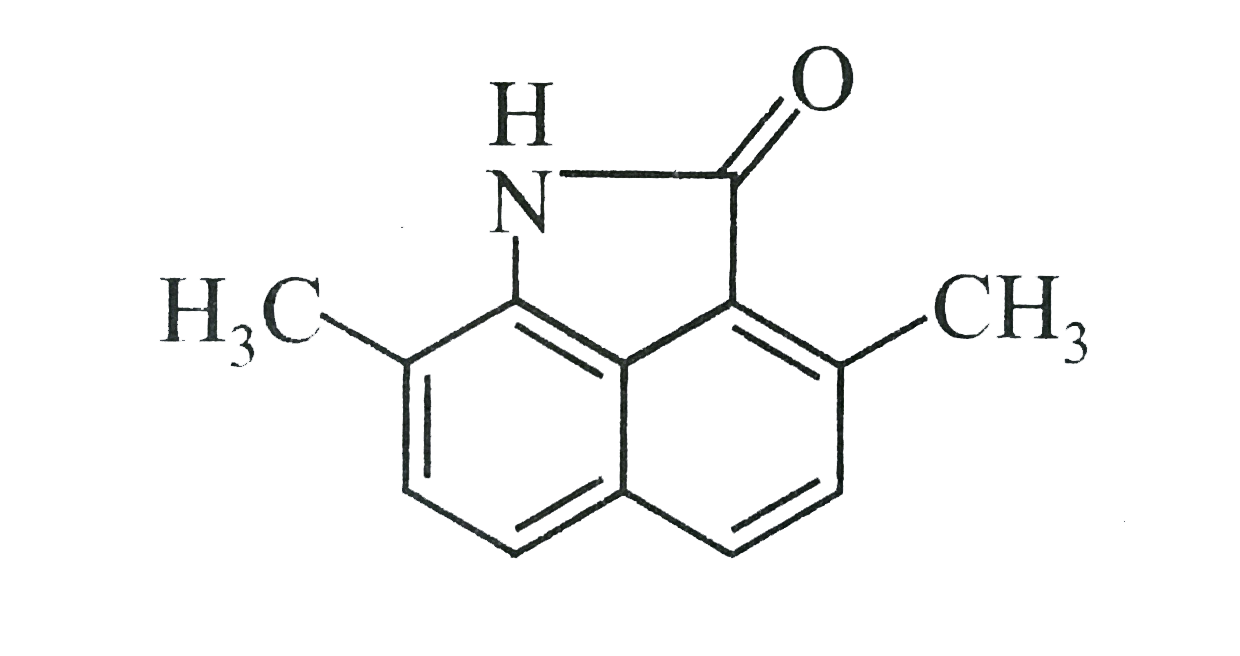
The major product obtained when Be2Fe is treated withA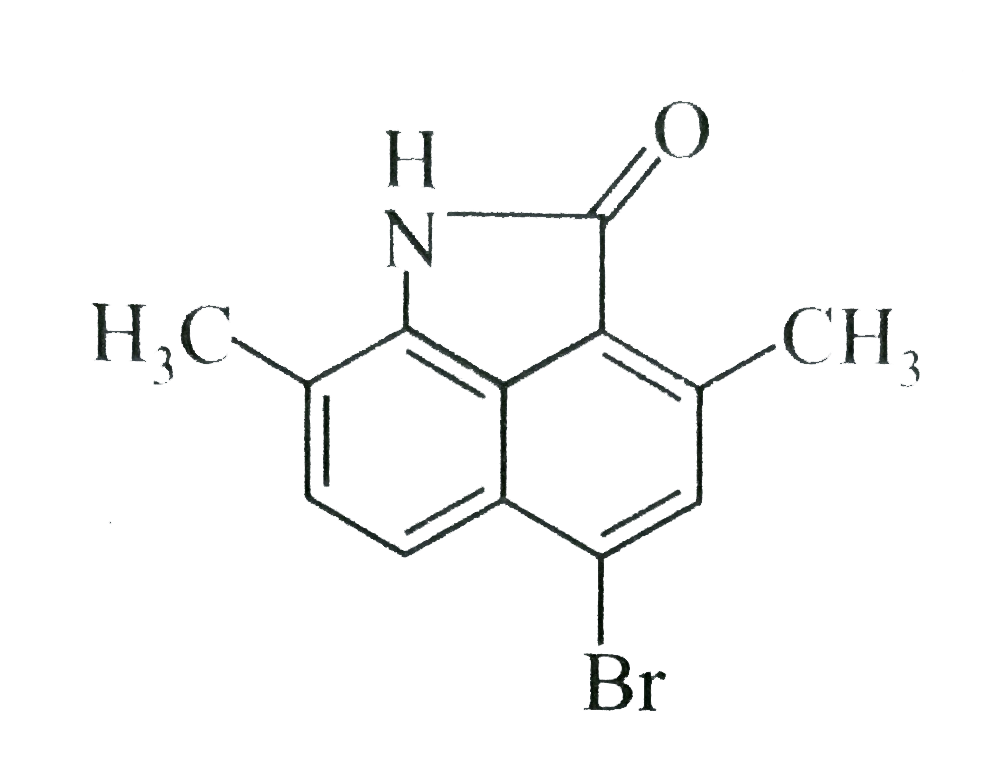 B
B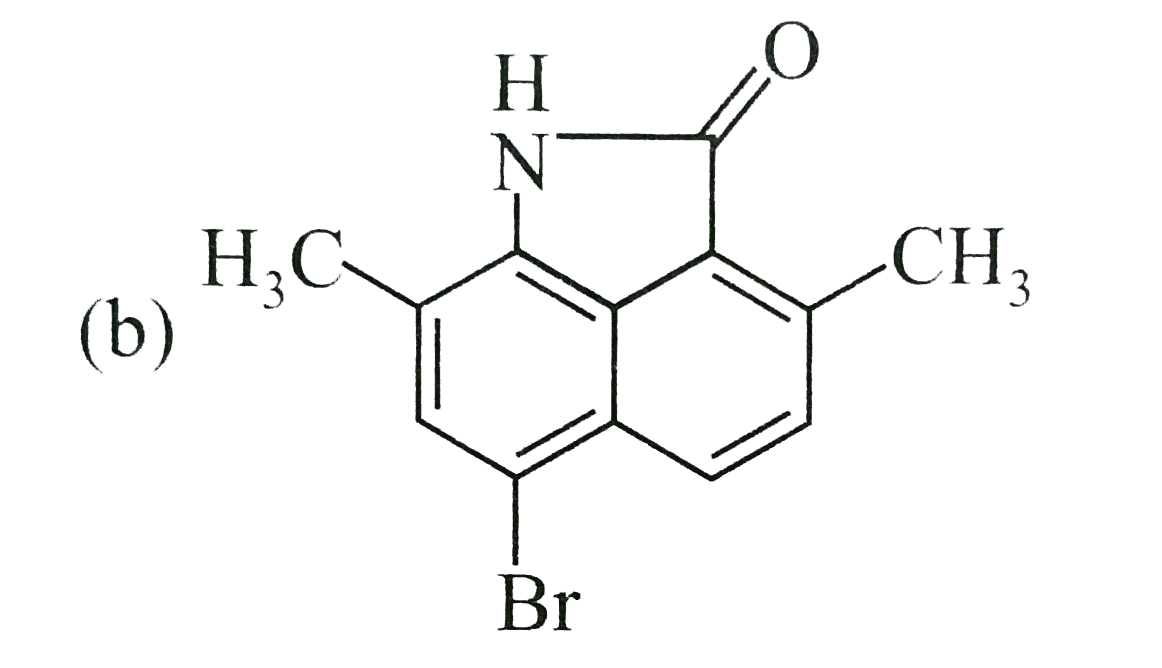 C
C D
D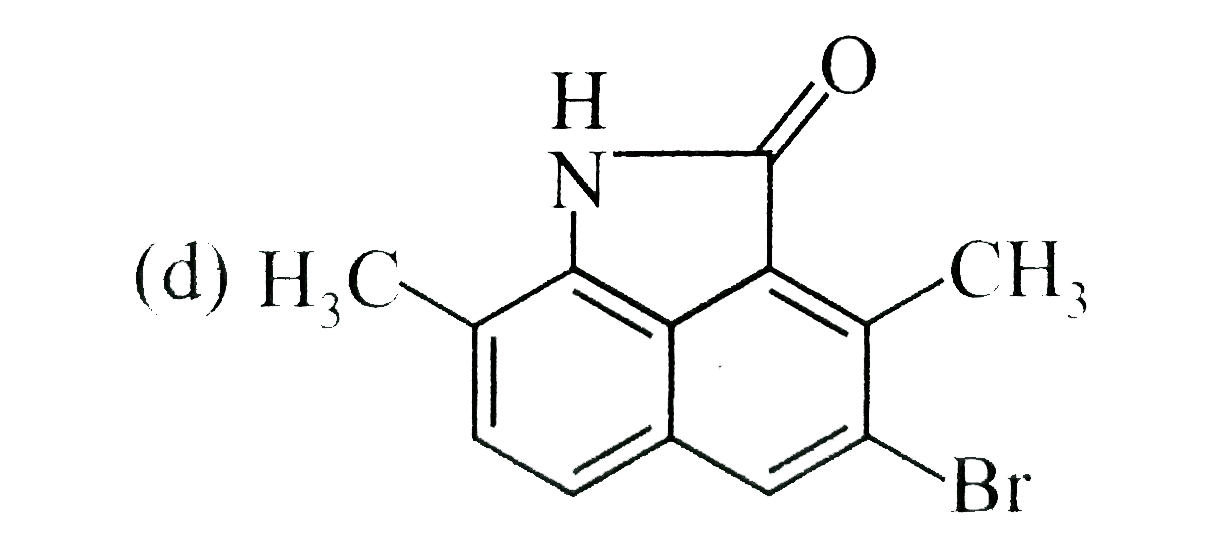
The major product obtained when, chlorobenzene is reacted with chlorine in the presence of FeCl3
View SolutionThe major product obtained when Br2/Fe is treated with
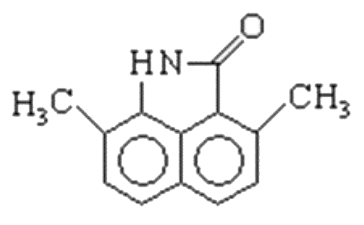 isView Solution
isView SolutionWhat is the chief product obtained when n-butane is treated with bromine in the presence of light at 130°C
View SolutionThe major product is formed when toluene si reacted with chlorine in the presence of halogen carrier.
View SolutionWhat is the chief product obtained when n-butane is treated with bromine in the presence of light at 130∘C?
View Solution

